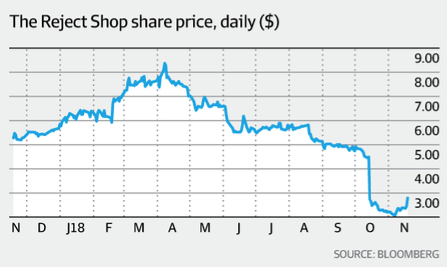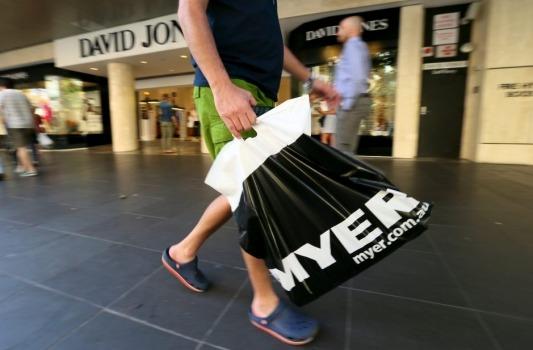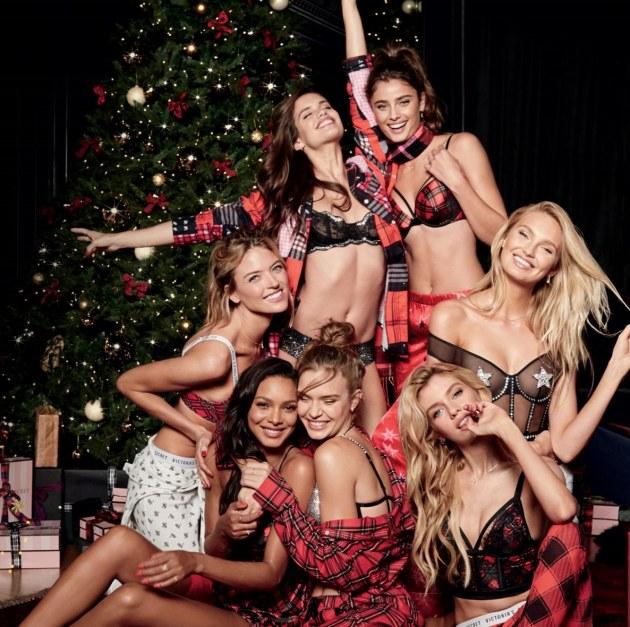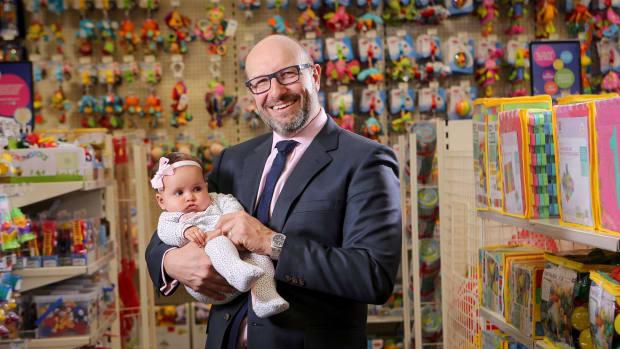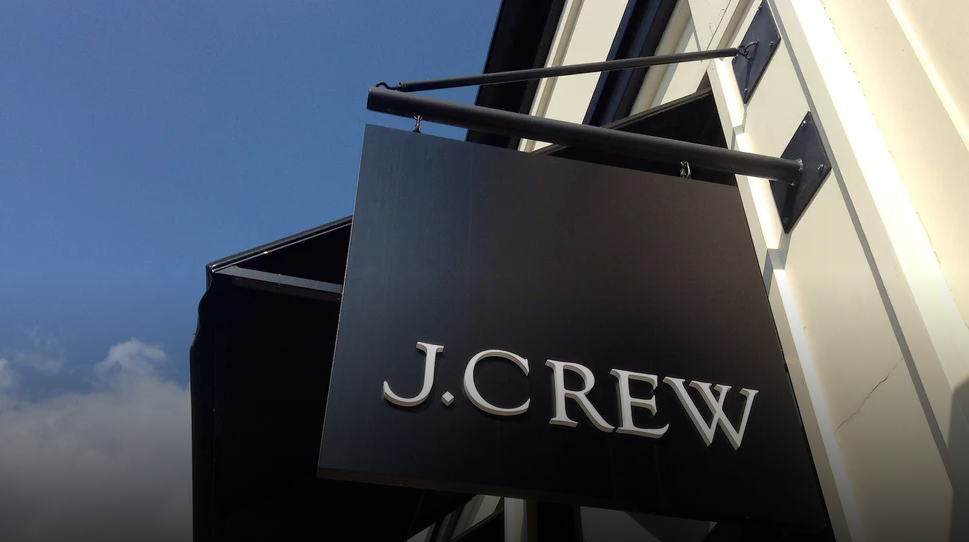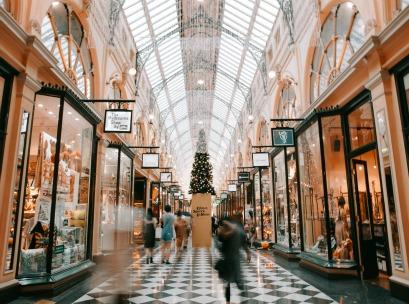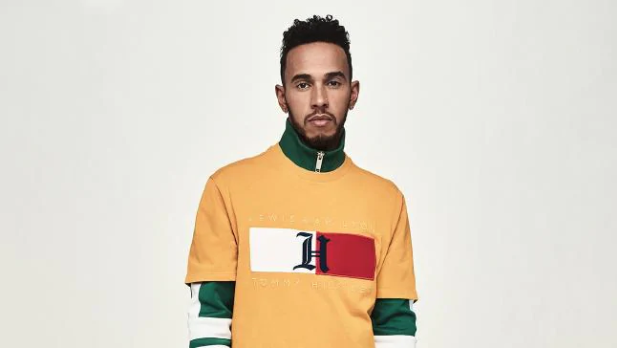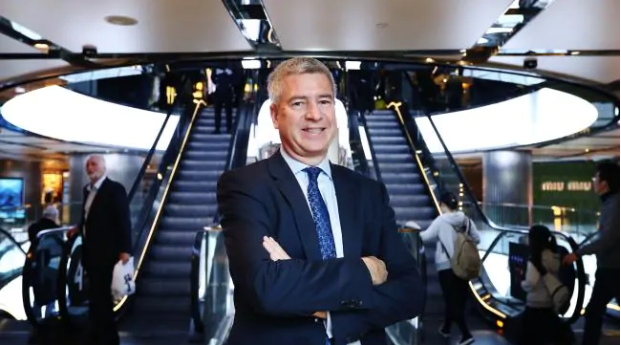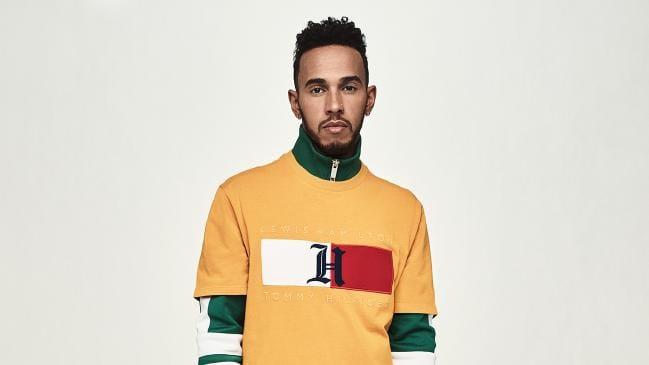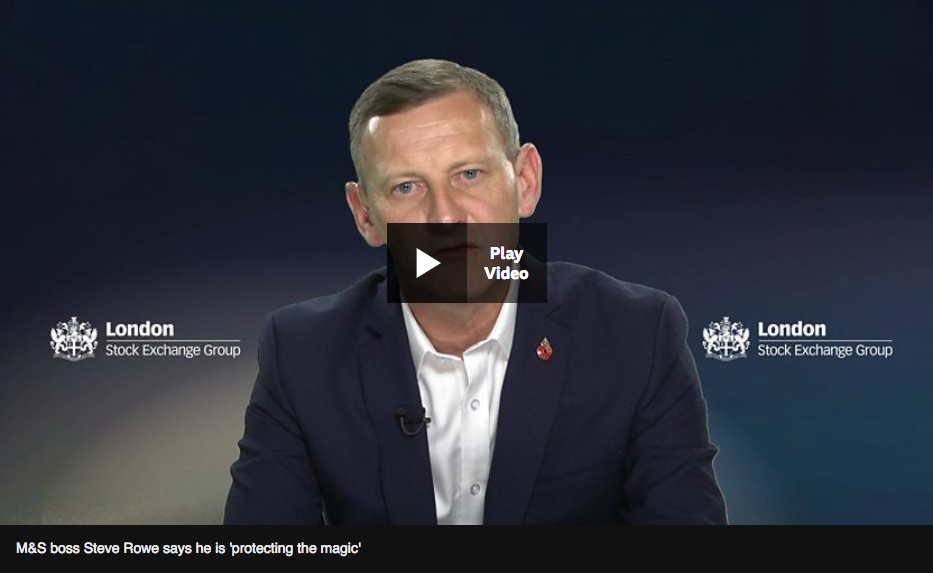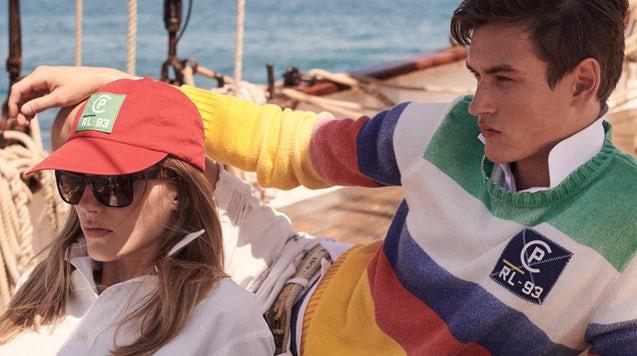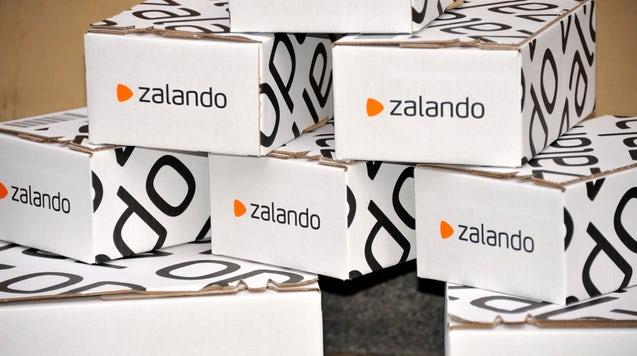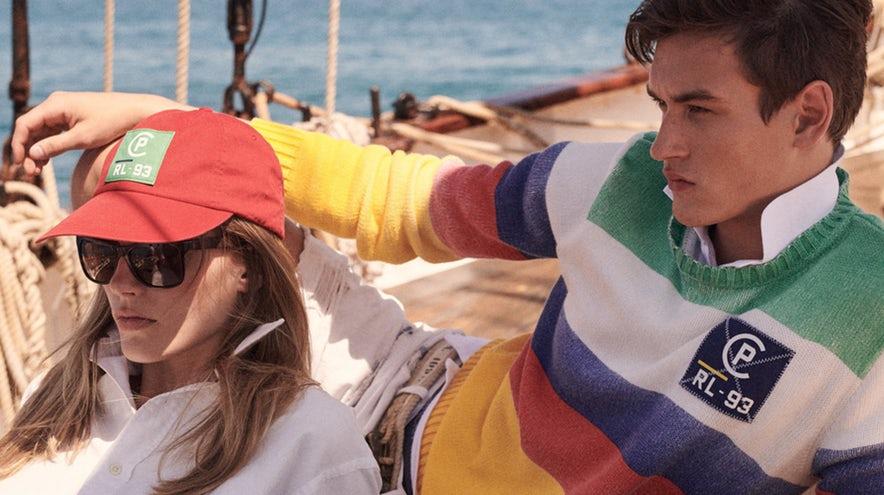No longer a one-day shopping extravaganza, Black Friday kicks off an extended discount period running through Cyber Monday. This has become an established feature of the retail calendar on both sides of the Atlantic—one that has dramatically changed the way people shop in the run-up to Christmas.
The Black Friday 2018 Shopping Report delivers detailed insights into consumer sentiment and intentions, exploring how consumers plan to shop, what they intend to buy, how much they anticipate spending, and whether they will be making purchases in stores or online.1
Providing retailers with in-depth intelligence on potential opportunities on the horizon, this year’s report also lifts the veil on several topics:
how consumers are planning ahead for the event—and the budgets they have set aside to shop
which product categories consumers are planning to shop—and the channels they will be using to research and make purchases in these categories
what is triggering changes in consumer shopping behaviors
This article, an extract of the Periscope by McKinsey report, highlights key findings on these topics and suggests what brands and retailers can do to prepare.
The predisposition to participate in Black Friday retail is high
Our survey showed many consumers are inclined to shop in the Black Friday period, and they are generally enthusiastic about promotions.
More than 70 percent of consumers plan to get involved in Black Friday
With retailers outside the United States now participating in Black Friday and Cyber Monday, discounting practices are stimulating ever-greater consumer participation in the annual shopping event.
In Europe, just 19 percent of UK respondents had participated in Black Friday retail back in 2015, compared with an impressive 54 percent in 2017. It was a similar story in Germany, with 9 percent of consumers getting involved in 2015; that figure jumped to 43 percent in 2017.
In Canada, consumer participation during the period has shown similar impressive gains, growing from 26 percent in 2015 to 48.5 percent in 2017 (Exhibit 1). And 81 percent of Canadian respondents say they definitely plan to shop or browse during Black Friday in 2018.
Anticipation in the other surveyed regions is also high, with 77 percent of respondents saying that they, too, plan to shop or browse at this year’s event and will consider making a purchase if the price is right.
Exhibit 1
Growing numbers of consumers report participating in Black Friday.
Positive attitudes abound—consumers expect to encounter enticing one-off promotions and deals
Consumer enthusiasm for Black Friday retail is running high; excitement levels among US (39 percent) and UK (36 percent) shoppers appear especially elevated (Exhibit 2). And around a quarter of Canadian (27 percent) and German (25 percent) shoppers say they are eagerly anticipating the event.
Exhibit 2
Consumers are enthusiastic to participate in Black Friday, particularly in the United Kingdom and United States.
Asked to evaluate the top motivational factors for participating in Black Friday 2018, 54 percent or more of consumers in all countries surveyed said taking advantage of steep discounts was their number-one reason. The opportunity to encounter unique one-off promotions was the second-most motivating factor for consumers, followed closely by making Christmas gift purchases (Exhibit 3).
Exhibit 3
Respondents report various motivations for shopping on Black Friday—but steep discounts are a primary factor.
Spontaneous behaviors will prevail, as consumers limit pre-event preparations
While many respondents expressed enthusiasm about Black Friday, relatively few say they have planned ahead. Preparation, if it happens, tends to be conducted online.
Limited consumer preplanning presents a major opportunity for retailers
Despite stating a clear objective to participate in Black Friday, consumers appear to be keeping their options wide open when it comes to exactly what they will purchase—and from whom.
Asked to evaluate their pre–Black Friday shopping preparations, the vast majority of respondents in all countries surveyed admitted to doing no or very little preplanning with regard to which stores or products they will seek out (Exhibit 4).
Exhibit 4
Most respondents say they do little or no planning for their Black Friday shopping.
This indicates that consumers are prepared to play the waiting game in anticipation of truly tempting offers that capture their attention or give them incentive to make a purchase.
Research nearer Black Friday will be conducted primarily online, but in-store browsing holds strong appeal
The ease and convenience of browsing retailer websites held the greatest appeal for the majority of respondents looking to hunt down ideas for their Black Friday purchases (Exhibit 5).
But browsing in-store came a close second for US (45 percent) and Canadian (47 percent) shoppers and held a strong attraction for 41 percent of German and 35 percent of UK consumers.
German (48 percent) and UK (38 percent) shoppers will be the most likely to wield their search-engine expertise when researching Black Friday deals.
Exhibit 5
Across countries, consumers are likeliest to browse retailers’ websites for Black Friday inspiration.
Digital and omnichannel purchasing behaviors will dominate
When it comes time for shoppers to make purchases, it is interesting to look at the channels they will use, the categories they will shop, and their changing preferences.
While European shoppers prefer to go digital, omnichannel is a popular option for shoppers everywhere
This year’s survey results reveal that European consumers mostly intend to head online to shop on Black Friday.
Germany leads the fray, with 33 percent of respondents saying they will exclusively shop online and 28 percent saying they will mostly do so.
It is a similar story in the United Kingdom, with “digital only” identified as the top choice for 29 percent of respondents and a further 34 percent saying they plan to shop mostly online (Exhibit 6).
Exhibit 6
For Black Friday purchases, many shoppers will go online, though some expressed strong omnichannel inclinations.
But Canadian shoppers weren’t far behind on the digital curve: while 16 percent plan to use only digital channels to make Black Friday purchases, 30 percent expect to be shopping mostly online.
By comparison, just 12 percent of US shoppers expect to shop exclusively online—with 21 percent saying they will be making mostly digital purchases.
That said, shoppers in all countries surveyed exhibited strong omnichannel inclinations. In the United States, 48 percent of respondents intend to shop both online and in stores. And it was a similar story for around a third of consumers in Canada (39 percent), Germany (32 percent), and the United Kingdom (30 percent).
This year’s findings indicate the percentage of consumers intending to shop only in stores is extremely low across the board—and was highest in the United States and Canada (4 percent).
Consumers intend to shop a variety of categories, and their channel preferences are changing
This year, clothing moved ahead of all other categories to take the top spot on consumer shopping lists in all countries we surveyed, bumping consumer electronics into second place. While digital remains strongly ahead as the primary method consumers plan to use when shopping for consumer electronics, 50 percent of shoppers in Canada and 54 percent in the United States still favor offline shopping when it comes to selecting new clothes.
Movies, books, and music emerged as the third-most popular product category, selected by 33 percent of US and 39 percent of Canadian respondents, while 40 percent of consumers in Germany and 42 percent of UK shoppers plumped for beauty and fragrances.
Would you like to learn more about how we help clients drive revenue growth with Periscope by McKinsey?
Even in big-ticket categories where consumers have traditionally exhibited in-store or offline purchasing behaviors—such as for furniture, household appliances, and cars—there are indications that a growing number of consumers are now prepared to head online to snap up Black Friday deals.
However, consumers are still voting with their feet and heading to the store when it comes to grocery and beverages, with an average of 45 percent of all respondents stating that they prefer to shop offline for these items and the same number saying that they don’t plan to shop for them at all on Black Friday.
Online shopping: What is the motivation?
With an average of 54 percent of shoppers in all surveyed markets saying they are planning to shop more online this Black Friday compared with previous years, it is clear that digital is becoming increasingly dominant as a channel.
When asked to evaluate what is motivating them to shop more online, the simplicity and convenience afforded was the top reason for shoppers in most age groups and in most countries.
The findings also reveal that US respondents across every age category were the most likely to plump for online shopping as the ideal antidote to escaping the chaos they say they have encountered when venturing to stores to shop during Black Friday events.
Which channels resonate most with which shoppers?
Respondents were asked to evaluate their top three shopping channels of choice. This year’s findings highlight how a growing number of shoppers will be reaching for their mobile devices to research or make purchases (Exhibit 7).
Exhibit 7
Although most respondents report they will shop in store or on a desktop, an increasing share will use mobile devices to research or buy on Black Friday.
Indeed, taken together, mobile apps and mobile browsers proved a popular option, selected by 50 percent or more of consumers in all countries surveyed, with 75 percent of US and 61 percent of German shoppers using these channels.
Meanwhile, US shoppers in general appear to be stealing a lead on consumers in other countries, with 8 percent saying they will be turning to voice-activated digital assistants, such as Alexa and Siri, to bag deals on Black Friday.
Consumers allocate sizable shopping budgets to this year’s Black Friday purchases
Once again, this year’s research indicates consumers are planning to spend even more on purchases than they have in previous years. The following results reaffirm Black Friday’s increasingly preeminent position as one of the most significant revenue-generating opportunities on the retail calendar (Exhibit 8):
Of US respondents, 16 percent expect to spend $1,000 or more—up from 9 percent in 2017—with a sizable 22 percent budgeting $500 for Black Friday purchases.
Of Canadian respondents, 14 percent have allocated $1,000 or more for Black Friday sales, with an additional 20 percent expecting to spend $500.
A substantial portion of UK shoppers (37 percent) are budgeting between £200 and £300 for Black Friday purchases.
Of German respondents, 21 percent expect to spend €200, with a further 14 percent setting aside €300 for purchases.
Exhibit 8
Many respondents say they are planning to spend a substantial amount on Black Friday shopping.
With consumers clearly eager, ready, and willing to participate in and shop Black Friday 2018, retailers and brands should look to prepare the right promotions for the right customers to ensure they attract high numbers of shoppers—and secure big-basket orders.
No customer left behind
No customer left behind: How to drive growth by putting personalization at the center of your marketing
Read the article
Consumers have already set aside significant budgets to fund their Black Friday 2018 shopping sprees and have clear purchasing intentions when it comes to who they will be buying for and which product categories they will be prioritizing. But beyond that, they are adopting a much more spontaneous approach in relation to what items they will actually purchase, preferring instead to sit back and see which promotions and offers most entice them to spend.
With everything up for grabs, retailers and brands should focus on a few areas:
Stimulate wants and needs. The majority of consumers say they have invested minimal effort in planning which items they will buy. But they have certainly reserved significant budgets to fund potential Black Friday purchasing activities, giving retailers and brands a clear opportunity to stimulate wants and needs ahead of the event. Those able to up their game to craft the right marketing messages and promotions will seize the day, attracting shoppers to their stores and websites on the day.
Make it personal. Consumers are more open than ever to receiving personalized messages that stimulate them to consider potential product options. Retailers and brands that can leverage their customer data to stimulate demand with personalized campaigns ahead of the event will win a greater share of consumer hearts and minds.
Improve the in-store customer experience. It is clear from this year’s survey that many shoppers are now wary of battling for bargains and trying to make purchases in chaotic stores. Retailers and brands can consider implementing processes such as mobile payments and online ordering for pick up in store to relieve the pressure on store operations and limit the risk of alienating consumers or damaging brand loyalties.
Smart shopping is on the rise. A growing number of consumers are turning to smart shopping assistants, such as Alexa and Siri, to help streamline their shopping chores, and many of those doing so hold considerable shopping budgets for events like Black Friday. These big spenders represent a prime opportunity.
Think omnichannel. Today’s sophisticated shoppers are leveraging every channel available to explore their Black Friday options—whether for researching deals, seeking out inspirations for gifts, or experiencing the excitement of the shopping event in person. And digital channels are increasingly dominant. This makes it vitally important for retailers and brands to ensure they catch their target audiences in the right channels and provide a seamless experience as shoppers move from one channel to another to complete their purchasing journeys.
